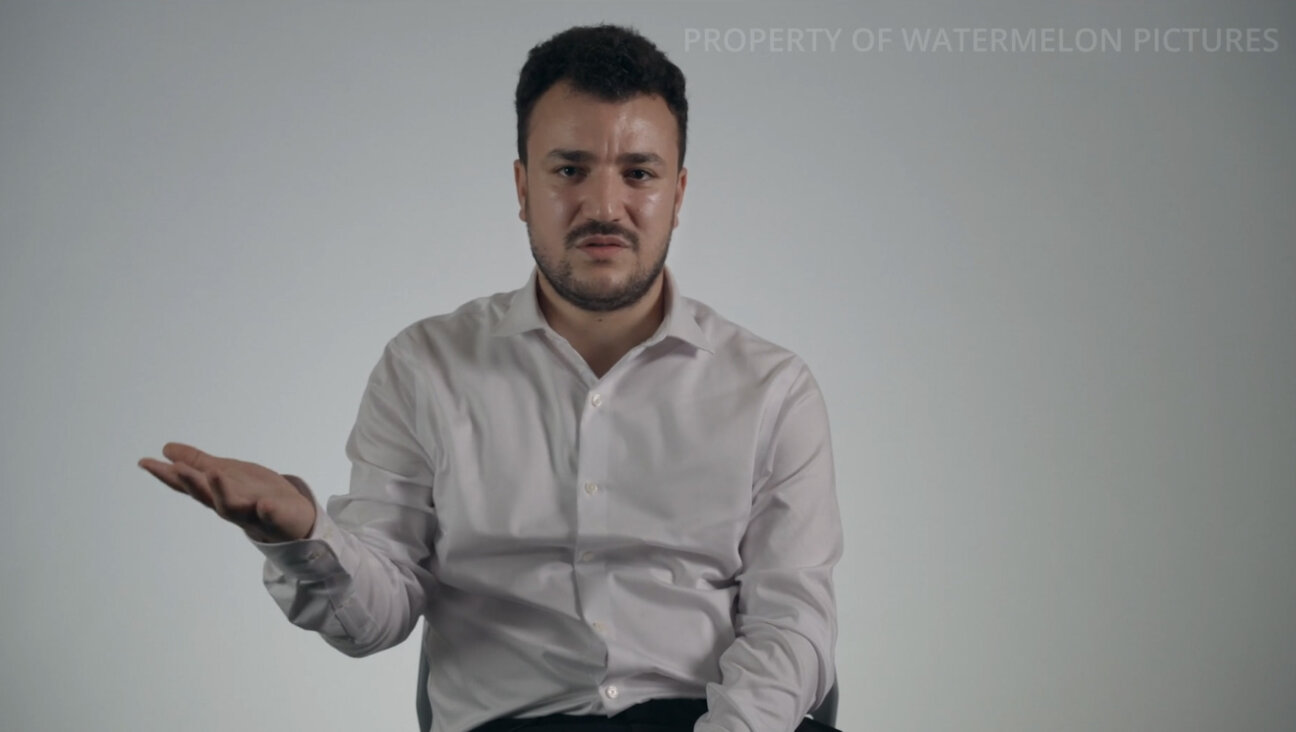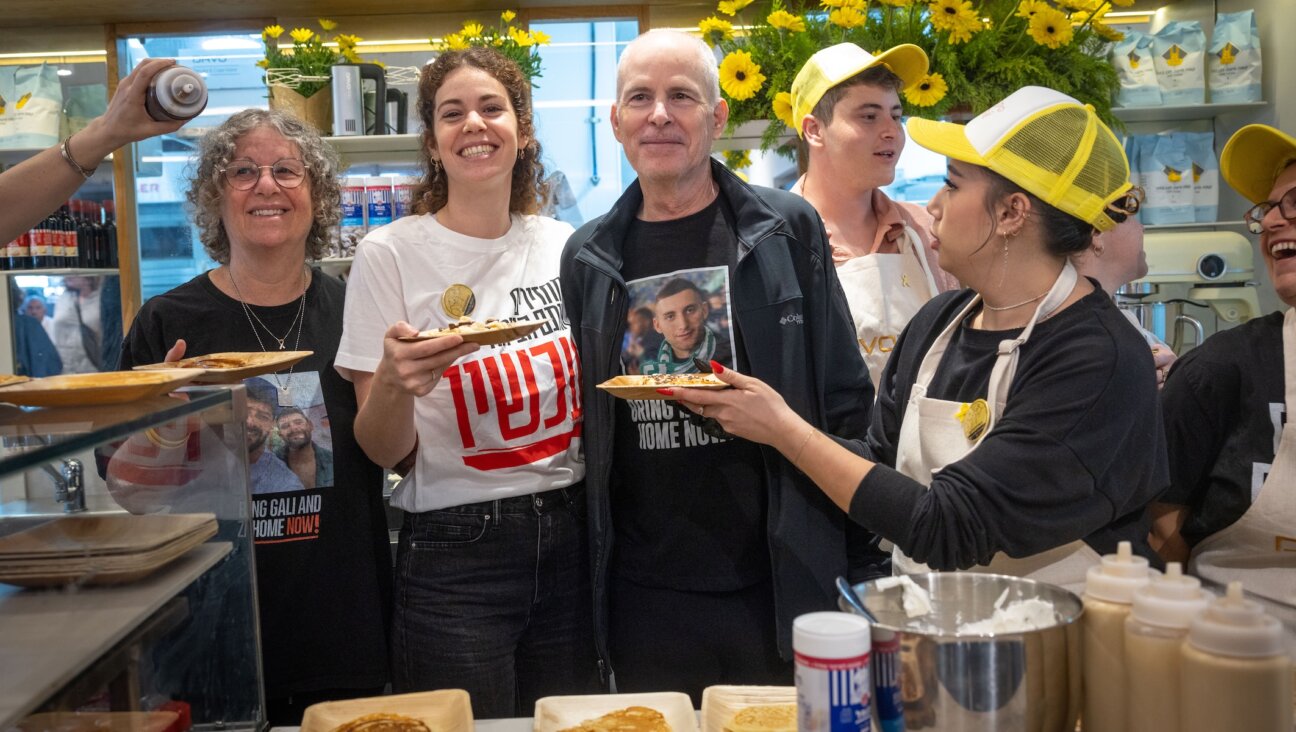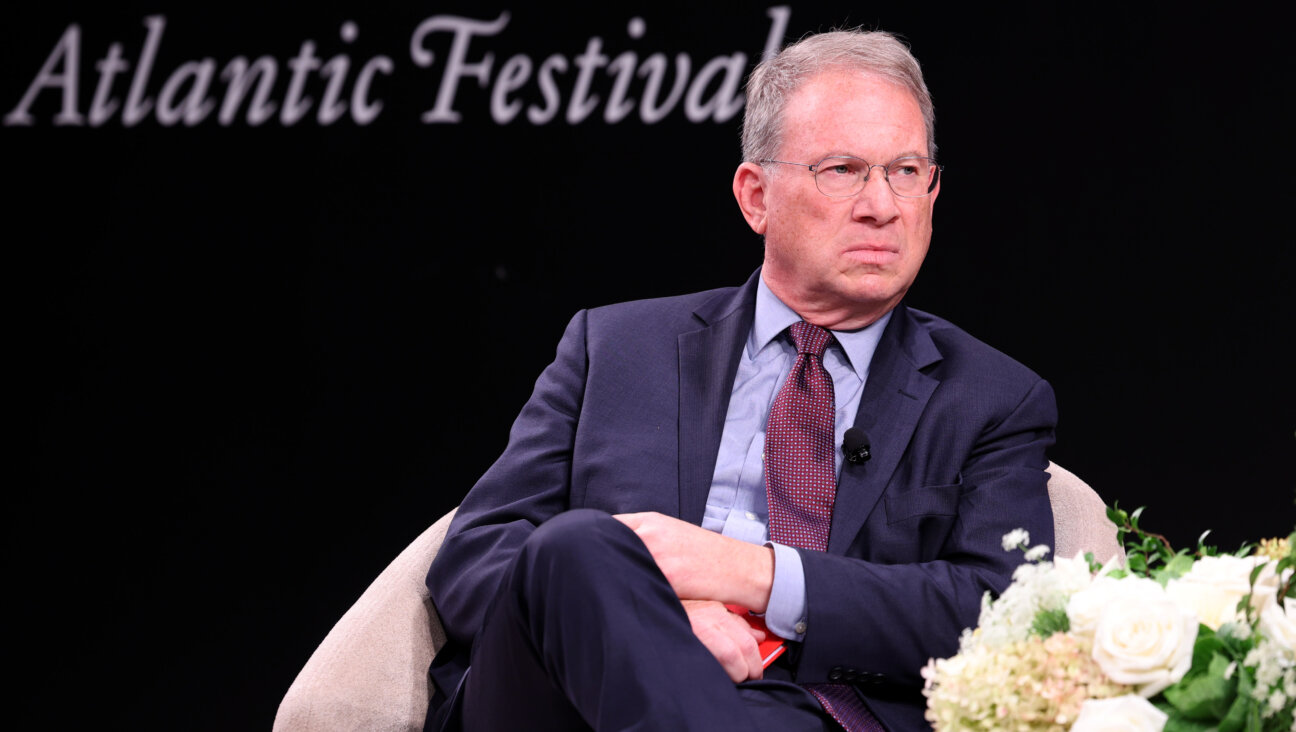Carmen Comes Home
An astonishing 100 operas are set in Seville — and not just any operas, mind you, but some of the greatest: Beethoven’s “Fidelio,” Mozart’s “Don Giovanni” and “Marriage of Figaro,” Verdi’s “La Forza del Destino,” and Rossini’s “Barber of Seville.” But the one chosen to kick off the first Seville International Music Festival in September 2004 is the most popular of all: Bizet’s masterpiece, “Carmen.” And, fittingly, the opera will be staged outdoors, allowing the legendary, romantic city to serve as the backdrop.
The mayor of Seville and Opera on Original Site, which markets and produces operas at the sites with which they are most closely associated, have just announced the participants. Lorin Maazel will conduct some of the most famous opera stars of our time: Denyce Graves, Olga Borodina, Angelina Gheorghiu and Ekaterina Sementschuk will alternate as Carmen, and Neil Shicoff, Walter Fraccaro and Nicola Rossi-Giordano as Don José.
Carmen is scheduled to be stabbed to death nine times at the Plaza de Toros de la Maestranza, the 14,000-seat “world’s cathedral of bullfighting,” and one will also be able see the tobacco factory where she is supposed to have worked. The factory building now houses the University of Seville, and its past as Spain’s tobacco monopoly shows in its magnificence. Between acts, audience members can stroll, or ride in horse carriages or buses from one location to another, and perhaps pause on the banks of the broad Guadalquivir river. There, they can admire the view, taste a small plate of tapas or drink a glass of delectable manzanilla — the famous local dry white sherry Carmen tempts her lover with to run off and share a life of crime.
Seville is deservedly one of the most-visited tourist destinations in Europe. A vibrant, city, it is a delight for strollers, with streets famously lined by trees heavy with the bitter oranges that share the city’s name. It is a natural setting for opera, with a history of intrigues, an embarrassment of cultural riches and the remains of a remarkable mixture of different civilizations. As far back as biblical times, it has also been a home to Jews. Many believe it was the site of Tarshish, which, according to the Book of Kings, sent ships laden with gold, silver, apes and peacocks to Judea every three years. Later the Visigoths maintained good relations with a sizable Jewish population. As the town became one of the crowning glories of Moorish Andalusia, Jews were prominent in the city’s defense, business and culture. The town’s Jews also welcomed the conquering Castillians in 1248. However, in a Catholic Church-led attack in 1391 most of Seville’s Jews were burned to death, forced to convert or sold into slavery, their synagogues and books destroyed. Nearly a century later, in 1481, Seville gave the infamous Inquisition its start. Within two years, the entire remaining Jewish community was driven out of Andalusia, and all non-converted Jews were driven out of Spain by 1492.
Seville was also the place Columbus returned to from his voyage, and some historians have pointed out that Jewish money floated Columbus’ voyage. The culturally psychotic nature of that time is reflected in Columbus’ own description of his initial encounter with the inhabitants of the New World. His first attempt to communicate with the uncomprehending natives was in Hebrew! In any case, all rights to commerce between Spain and its massive New World territories were given to Seville for the next two centuries. The city gained ever more fabulous wealth as the conquistadors’ booty-filled ships returned to its port.
The few Jews who remained in Spain in the next five centuries were hidden, living as Conversos. The Spanish government did formally apologize in 1968, and with the post-Franco democratization, the whole society in Spain has opened up. There is little direct evidence left of its glorious Jewish past, and only a tiny resident Jewish presence. Still, one of the most charming sections of town is the old Jewish quarter, or La Juderia. Here one can easily become lost in the crazy maze of streets barely wider than one’s shoulders, where houses were built close to each other to provide shade from the summer sun. Seville still holds that Napoleon looted some of its greatest treasures, but there are many sights to see, not just the antique ones. One jewel is the stunningly lyrical modern bridge over the Guadalquivir by architect Francisco Calatrava, which he has suggestively described as “David’s Harp.”
“Carmen” is a wildly colorful opera that almost everyone has heard, whether they’ve been to the opera house or not. The songs, like Carmen’s seduction Habañera or Escamillo’s macho Toreador song, are so instantly recognizable they’re often used in advertisements, cartoons, even in comedy routines. Rita Hayworth starred in a hit film adaptation, and Dorothy Dandridge and Harry Belafonte put out “Carmen Jones,” Oscar Hammerstein’s version that transposed the story to America. There have been literally thousands of other versions, in every medium imaginable.
But at the time of its creation, “Carmen” was considered poison. Prosper Merimée’s novella, inspired by a news report, in turn inspired the opera, which shocked by its sympathetic treatment of lawlessness and murder. In 1875, when it premiered, there had never been anything like it in opera before. This was an opera not with gods or nobles or uplifting idealists, but a celebratory depiction of irremediable lowlifes with a title character who is essentially the archetype of the unapologetically free woman: dependent on no one, certainly not a man, and making her own decisions, consequences be damned. The director of the Opera Comique in Paris, where it first appeared, openly discouraged the public from attending. The Paris premiere of Bizet’s masterpiece was such a complete debacle with public and critics alike that it is blamed for the composer’s death three months later.
Later that same year, however, the Vienna premiere was a sensation, and the opera’s status has never been challenged since. Perhaps part of the original debacle was that the two librettists, Henri Meilhac and Ludovic Halévy (son of the composer of “La Juive”), had the reputation for a very different sort of work: They were famous for their witty libretti for Jacques Offenbach, more comparable to Gilbert and Sullivan-type confections. Much as they may have tried to soften the original story’s rough trade and add delightful wordplay, Bizet’s music put back the emotional wallop.
In addition to the librettists, many have claimed Georges Bizet himself was Jewish. Much has been made of his dramatic use of the augmented second — a melodic interval typical in Jewish music, but not so prominent in classical music — in this opera’s ever-present motif for Fate. His ancestors may or may not have been converts, but the composer himself was baptized at the age of 2. Still, his attitude towards Christianity was far from respectful. As a student at the Conservatoire assigned to write a Mass, he submitted a short comic opera instead. When reprimanded, he offered to write a pagan service as a compromise. After Wagner published the odious essay “Jews in Music,” he defended Wagner as a composer but dissociated himself from the antisemitic baggage. Many of Bizet’s collaborators were Jewish, and his wife was half-Jewish.
“Carmen” will be directed by Carlos Saura. And since the singers and orchestra will be outdoors, Vienna State Opera electronics wizard Wolfgang Fritz will design the acoustics, so that the assembled stadium-style crowd will hear the performance as if sitting in an opera house. The lighting design will be by Vittorio Storaro, and Motoko Ishii will illuminate the city spaces. Even the Andalusia show horses will participate. The motivating force behind the production, and the festival itself, is the Austrian, half-Jewish impresario Michael Ecker, whose company, Opera on Original Site, similarly produced the Puccini “Turandot” at the Forbidden City in Beijing.
The festival will also feature some of the greatest current Flamenco dancers: Sara Baras, Antonio Canales, José Mercé and Tomalito, appearing for the first time all together. Flamenco was born in Seville, with roots in Romany culture, and possibly Jewish and Arabic influences as well.
In addition to “Carmen” and the Flamenco spectacles, also performing in Seville will be the New York Philharmonic, conducted by Sir Colin Davis, and the Russian National Orchestra, conducted by Mikhail Pletnev. Both orchestras join together for a final concert led by Maazel. Others festival soloists include Mstislav Rostropovich, Julian Rachlin and Maxim Vengerov.
Seville is a party town, and “Carmen” is sure to get a rousing homecoming. And the city is already looking ahead to the 2005 festival opera, Beethoven’s prison-rescue, permanently-seditious paean to freedom, “Fidelio.” The Seville prison Fidelio/ Leonora will rescue Florestan from this time will be the stunning ruins of the nearby gigantic ancient Roman amphitheater, originally built for gladiators.
Raphael Mostel is a composer based in New York. His most recent CD is “The Travels of Babar” (mostel.com), based on the classic book by Jean de Brunhoff.
The Forward is free to read, but it isn’t free to produce

I hope you appreciated this article. Before you go, I’d like to ask you to please support the Forward.
At a time when other newsrooms are closing or cutting back, the Forward has removed its paywall and invested additional resources to report on the ground from Israel and around the U.S. on the impact of the war, rising antisemitism and polarized discourse.
Readers like you make it all possible. We’ve started our Passover Fundraising Drive, and we need 1,800 readers like you to step up to support the Forward by April 21. Members of the Forward board are even matching the first 1,000 gifts, up to $70,000.
This is a great time to support independent Jewish journalism, because every dollar goes twice as far.
— Rachel Fishman Feddersen, Publisher and CEO
2X match on all Passover gifts!
Most Popular
- 1

Film & TV What Gal Gadot has said about the Israeli-Palestinian conflict
- 2

News A Jewish Republican and Muslim Democrat are suddenly in a tight race for a special seat in Congress
- 3

Fast Forward The NCAA men’s Final Four has 3 Jewish coaches
- 4
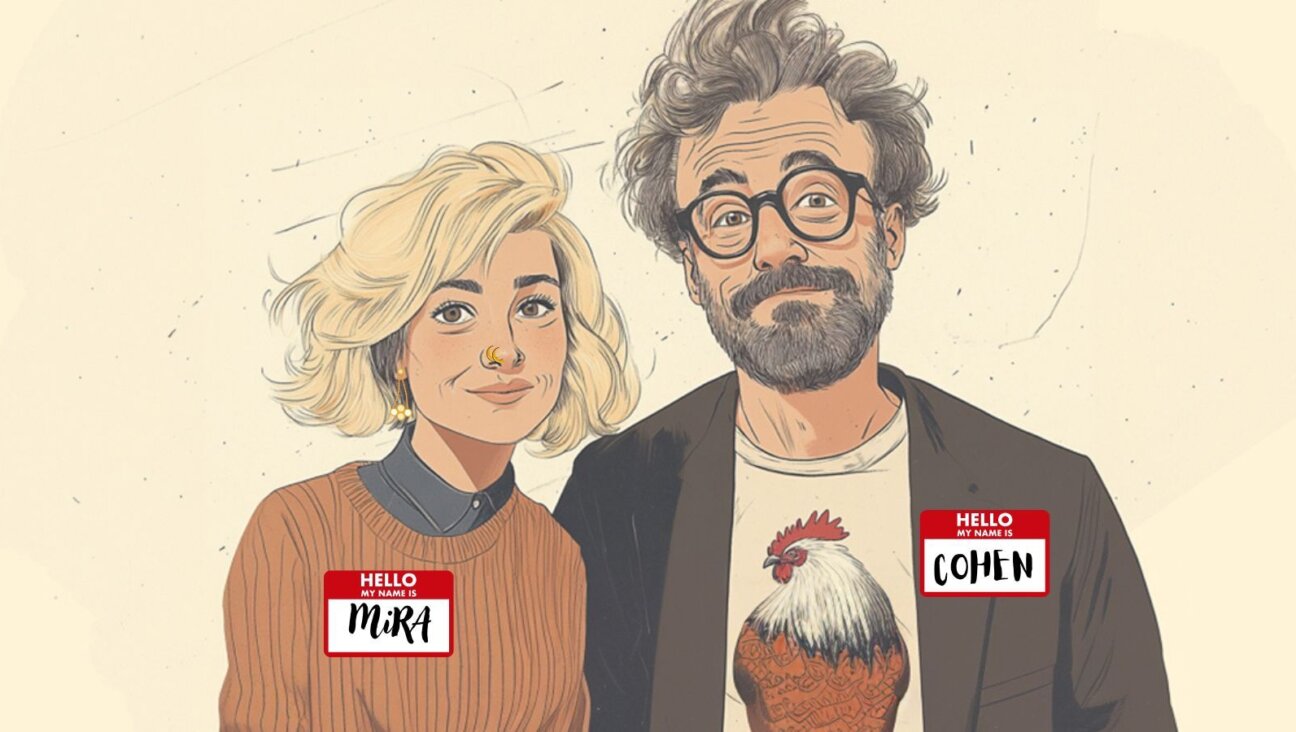
Culture How two Jewish names — Kohen and Mira — are dividing red and blue states
In Case You Missed It
-
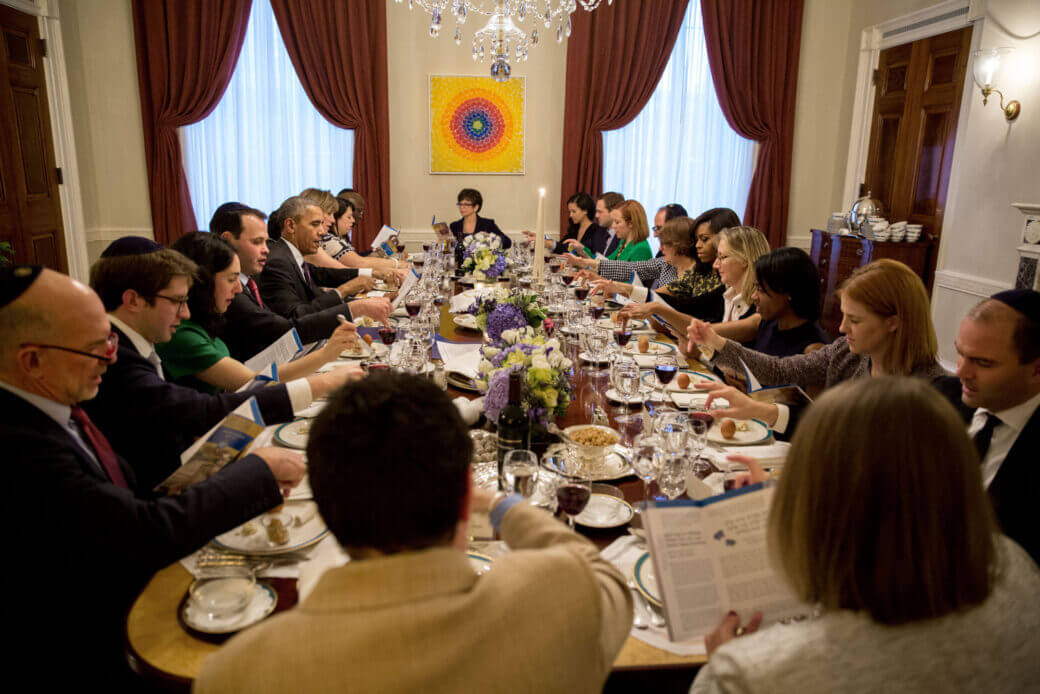
Books The White House Seder started in a Pennsylvania basement. Its legacy lives on.
-

Fast Forward The NCAA men’s Final Four has 3 Jewish coaches
-
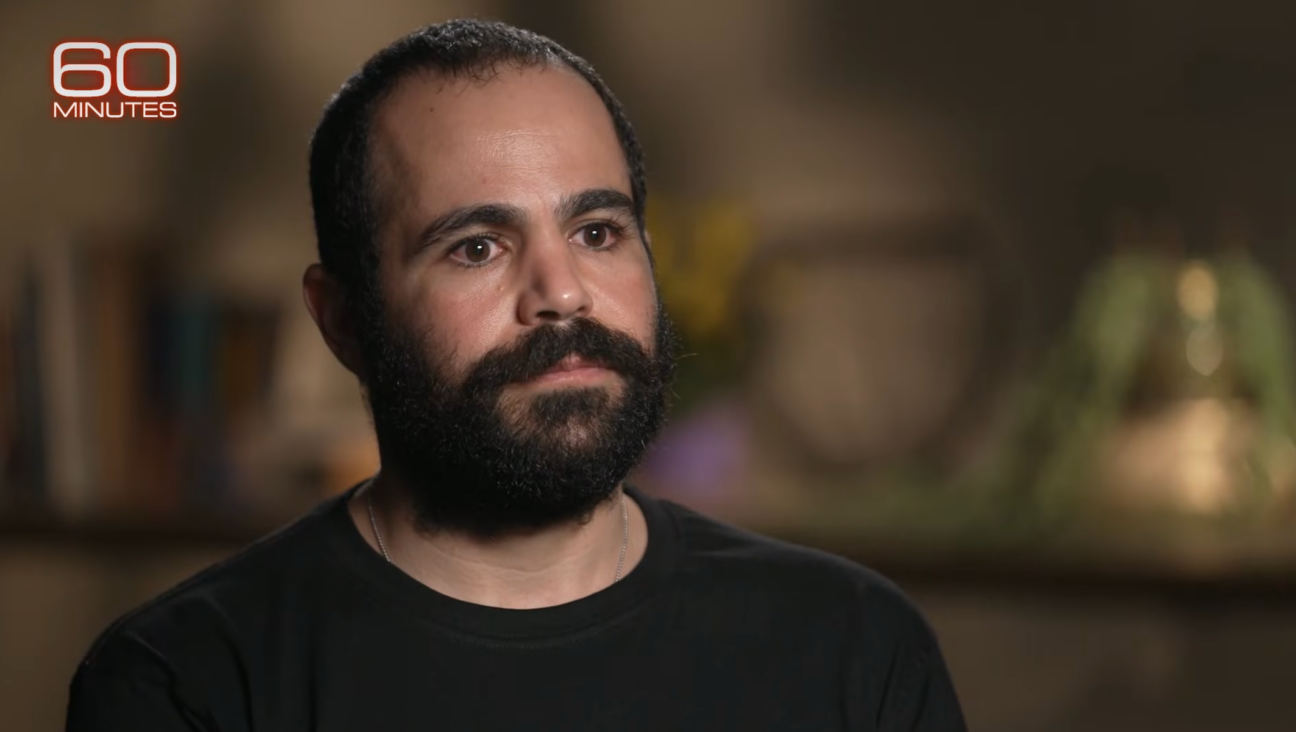
Fast Forward Yarden Bibas says ‘I am here because of Trump’ and pleads with him to stop the Gaza war
-

Fast Forward Trump’s plan to enlist Elon Musk began at Lubavitcher Rebbe’s grave
-
Shop the Forward Store
100% of profits support our journalism
Republish This Story
Please read before republishing
We’re happy to make this story available to republish for free, unless it originated with JTA, Haaretz or another publication (as indicated on the article) and as long as you follow our guidelines.
You must comply with the following:
- Credit the Forward
- Retain our pixel
- Preserve our canonical link in Google search
- Add a noindex tag in Google search
See our full guidelines for more information, and this guide for detail about canonical URLs.
To republish, copy the HTML by clicking on the yellow button to the right; it includes our tracking pixel, all paragraph styles and hyperlinks, the author byline and credit to the Forward. It does not include images; to avoid copyright violations, you must add them manually, following our guidelines. Please email us at [email protected], subject line “republish,” with any questions or to let us know what stories you’re picking up.







